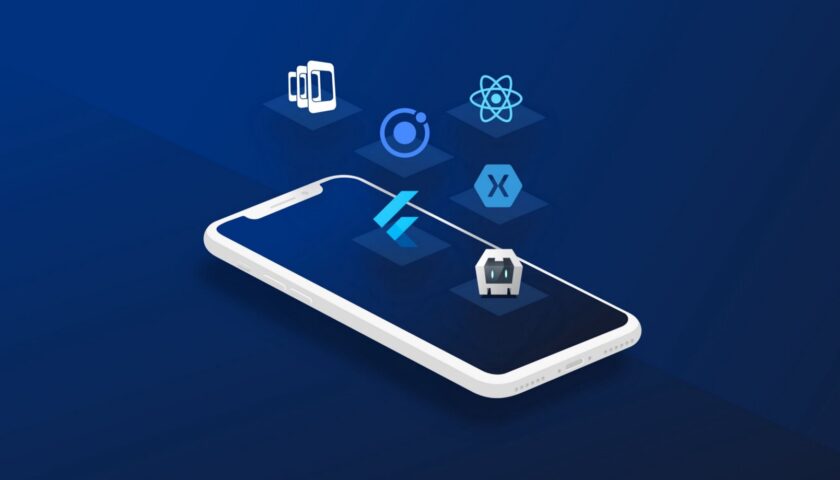Introduction
In the fast-paced and technologically driven world of modern business, efficiency and accessibility are key factors for success. One innovation that has revolutionized the way companies handle customer support and internal IT processes is clientless remote support software. This tool has become indispensable, enabling businesses to provide seamless, secure, and effective support without the need for pre-installed software on the client’s device. Here, we delve into why clientless remote support software is essential for modern businesses and explore its benefits, use cases, and future potential.
Definition
Technicians can access and troubleshoot a user’s device using clientless remote support software without the client having to install any software. Usually, a web browser is used for this, and the user clicks a link or enters a code to start a session. By gaining access to the user’s screen, the expert can help them in real time, resolve problems, or walk them through troubleshooting procedures. This method is perfect for remote customer support and technical assistance because it removes the need to download or install extra software, which is easy for both sides.
Understanding Clientless Remote Support Software
Clientless remote support software allows IT professionals and support teams to remotely access, diagnose, and resolve issues on a client’s device without requiring pre-installed software or extensive configuration. The technology typically operates through a web browser, leveraging secure links or temporary access codes to establish a connection. This simplicity makes it particularly appealing to businesses that prioritize user experience and operational efficiency.
Key Benefits of Clientless Remote Support Software
Enhanced Accessibility and Convenience:
Clientless remote support eliminates the need for pre-installed applications, which means users can receive assistance from virtually any device. Whether the client is using a desktop, laptop, tablet, or smartphone, the support team can establish a secure connection in minutes. This ease of access is especially valuable in scenarios where time is critical.
Improved Security:
Modern clientless remote support tools prioritize security by using encryption protocols, two-factor authentication, and limited session access. Since no software is permanently installed on the client’s device, the risk of unauthorized access or persistent vulnerabilities is significantly reduced. Additionally, IT teams can provide support without compromising sensitive data or privacy.
Cost-Efficiency:
For businesses, reducing costs without sacrificing quality is always a priority. Clientless solutions eliminate the need for licensing additional software on client devices, minimizing overhead expenses. Additionally, support teams can resolve issues faster, reducing downtime and associated productivity losses.
Cross-Platform Compatibility:
Clientless remote support software is designed to work across various operating systems and devices. This versatility allows businesses to cater to a diverse customer base and ensures that support can be provided regardless of the client’s hardware or software preferences.
Scalability:
As businesses grow, so do their support needs. Clientless solutions are inherently scalable, making it easy to expand support capabilities without significant infrastructure investments. Whether a company is a small startup or a multinational corporation, these tools adapt to evolving requirements.
Use Cases for Clientless Remote Support Software
Customer Support:
One of the most common applications of clientless remote support is in customer service. Businesses can assist customers in resolving technical issues, configuring software, or troubleshooting hardware problems without requiring them to navigate complex installation processes. This streamlined approach enhances customer satisfaction and builds brand loyalty.
IT Helpdesk Operations:
Internal IT teams rely on remote support tools to resolve employee issues efficiently. Whether it’s addressing software glitches, recovering lost files, or ensuring device security, clientless solutions enable IT personnel to act swiftly, minimizing downtime and keeping operations running smoothly.
Training and Onboarding:
Clientless remote support isn’t limited to troubleshooting; it’s also an effective tool for training and onboarding. Support agents can guide users through new software, demonstrate functionalities, or provide hands-on assistance, all in real time.
Emergency Response:
In critical situations where immediate action is required, such as cybersecurity threats or major system outages, clientless remote support provides the agility needed to respond effectively. IT teams can quickly assess and mitigate issues without being hindered by installation delays.
Features to Look for in Clientless Remote Support Software
When selecting a clientless remote support solution, businesses should prioritize certain features to maximize efficiency and security:
Real-Time Screen Sharing: Enables support agents to see and interact with the client’s screen for accurate issue resolution.
File Transfer Capabilities: Allows seamless sharing of files between the client and support agent, facilitating quick fixes and updates.
Session Recording: Provides a record of support interactions for quality assurance, compliance, and training purposes.
Multi-User Collaboration: Supports collaboration among multiple agents during complex troubleshooting scenarios.
Custom Branding: Allows businesses to maintain a consistent brand image during support interactions.
Integration with Existing Tools: Ensures compatibility with CRM systems, ticketing platforms, and other business tools.
Robust Security Measures: Includes features like end-to-end encryption, role-based access control, and session timeouts.
Future Trends in Clientless Remote Support
The demand for clientless remote support is expected to grow as businesses continue to adopt digital-first strategies. The following are important trends influencing this technology’s future:
1. Artificial Intelligence Integration:
AI-powered features such as predictive analytics, chatbots, and automated diagnostics are likely to enhance the capabilities of remote support tools. These advancements will allow support teams to identify and resolve issues even faster.
2. Augmented Reality (AR) Support:
AR technology is poised to revolutionize remote support by providing visual overlays and real-time guidance for physical tasks. For instance, technicians could guide users through hardware repairs using AR instructions.
3. 5G Connectivity:
The widespread adoption of 5G networks will enable faster and more stable remote connections, improving the efficiency and reliability of clientless support sessions.
4. Focus on User Experience (UX):
Future developments will prioritize intuitive interfaces and seamless user experiences, ensuring that clients and support agents can interact effortlessly.
5. Enhanced Data Analytics:
Advanced reporting and analytics tools will provide businesses with valuable insights into support operations, helping them identify trends, optimize processes, and improve customer satisfaction.
Expansion Rate of Clientless Remote Support Software Market
According to Data Bridge Market Research, the clientless remote support software market was estimated to be worth USD 11.29 billion in 2024 and is expected to grow at a compound annual growth rate (CAGR) of 36.01% from 2025 to 2032, reaching USD 132.20 billion.
Click here: https://www.databridgemarketresearch.com/reports/global-clientless-remote-support-software-market
Conclusion
Clientless remote support software has emerged as a cornerstone of modern business operations, offering unparalleled convenience, security, and efficiency. By eliminating the need for pre-installed software and providing flexible, scalable solutions, these tools empower businesses to deliver exceptional support to both customers and employees. As technology continues to evolve, the potential of clientless remote support will only grow, making it an essential investment for organizations aiming to stay competitive in today’s dynamic landscape.





